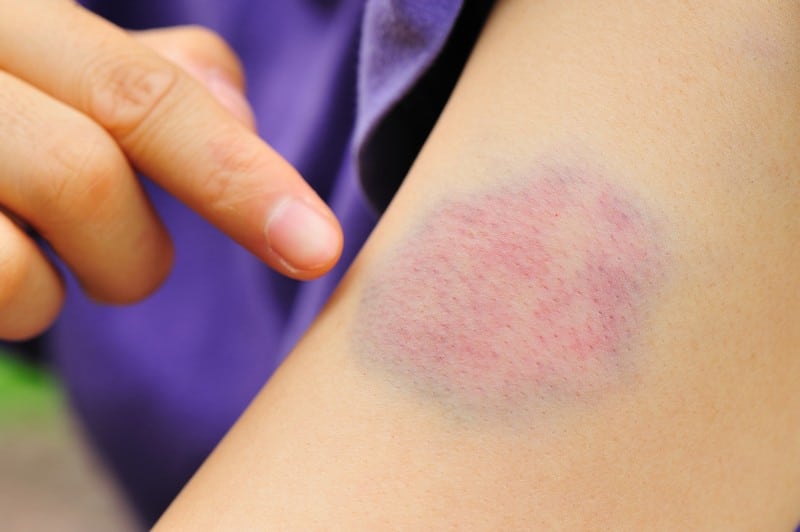Bruised Biceps

There are several potential sources of discomfort in the central portion of the upper arm muscle, known as the bicep. When the body’s capillaries are broken or ruptured, the result is a bruise or contusion. The blood leaks into the surrounding tissues, giving bruises their characteristic reddish-brown to blue-black hue. A bruise will remain evident until the blood is absorbed by the adjacent tissue or eliminated by the immune system. An acute shooting pain in the upper arm, close to the shoulder, is the most telling sign of a bicep rupture or strain. A tendon rupture may cause a popping sound. Other symptoms of a bicep tendon tear may include abrasions on the upper arm and restricted mobility.
Overstretching of the biceps muscle or tendon is a Grade 1 injury since it is usually not severe enough to cause a loss of strength or movement. Biceps or tendon tears of Grade 2 can cause a temporary decline in strength and movement. A complete tear in the biceps muscle or tendon, classified as a Grade 3 injury, may need surgical treatment. A bruised upper arm is common in sports and other physically demanding tasks, such as lifting weights. Avoid aggravating the muscle until the pain subsides.










